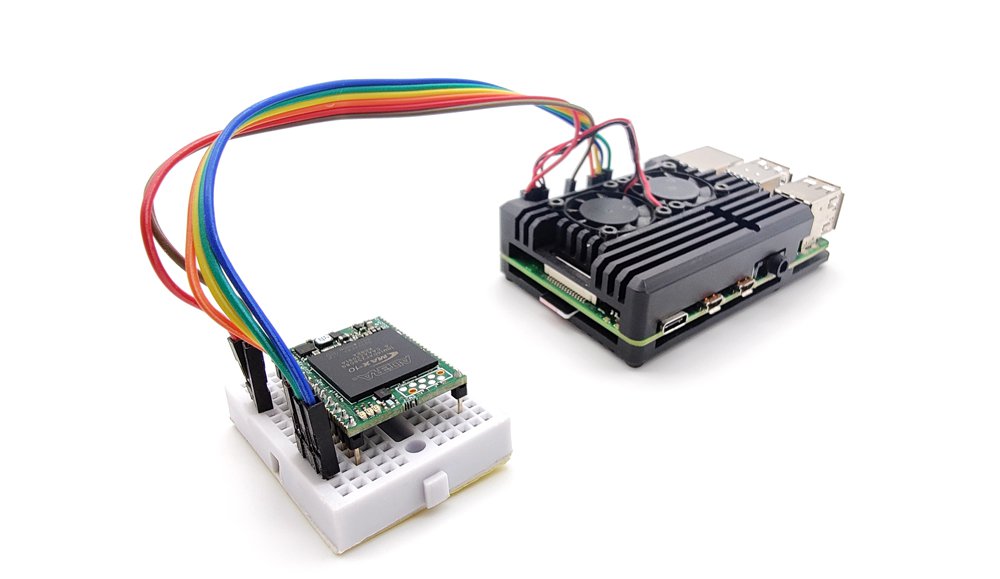Project update 7 of 17
How to encrypt data with SKUDO Kryptor HSM
by Piret UustalSKUDO Kryptor HSM is a great tool for makers to encrypt any kind of data with an easy, plug and play solution. Following, we have prepared for you a step-by-step tutorial to familiarize you with some simple but strong encryption procedures and to demonstrate how to connect the Kryptor HSM FPGA to a Raspberry Pi and exchange encrypted sensor data (anyone can replace this according to their own needs) between two Raspberry Pi’s.
One very popular and secure approach to securing a data communication channel is to use the ECDH algorithm to generate a secret shared key. This method relies on the properties of Elliptic Curves (ECC) and the exchange of the public keys between the two parties that want to safely communicate (which is also used with the popular TLS 1.3 protocol). The two parties (in our case, two RPi’s) need to generate each a key pair (one set of public and private keys), exchange with each other just the public one (which doesn’t need to be protected), and then run some keys through the ECDH key agreement protocol. The latter will return a “secret shared key” (known to both parties but obtained by exchanging only the public keys) which can be used to encrypt the data between the two.
We’ve created a step-by-step tutorial so you can see in practice how to use the SKUDO Kryptor board equipped with the Skudo HSM softcore to implement the above encryption scheme and allow a secure exchange (end-to-end encrypted) of some data.
We hope this tutorial gives you some insight into how SKUDO Kryptor works and inspires you to try it yourself on your next project that needs strong and trusted encryption.
To engage with us directly, we welcome you to join us on our Telegram group or Twitter, @SkudoTech. As always, we are happy to hear from you. Your feedback and suggestions for our project are important. So please, be sure to share them with us.
